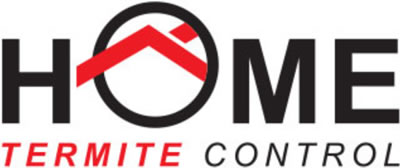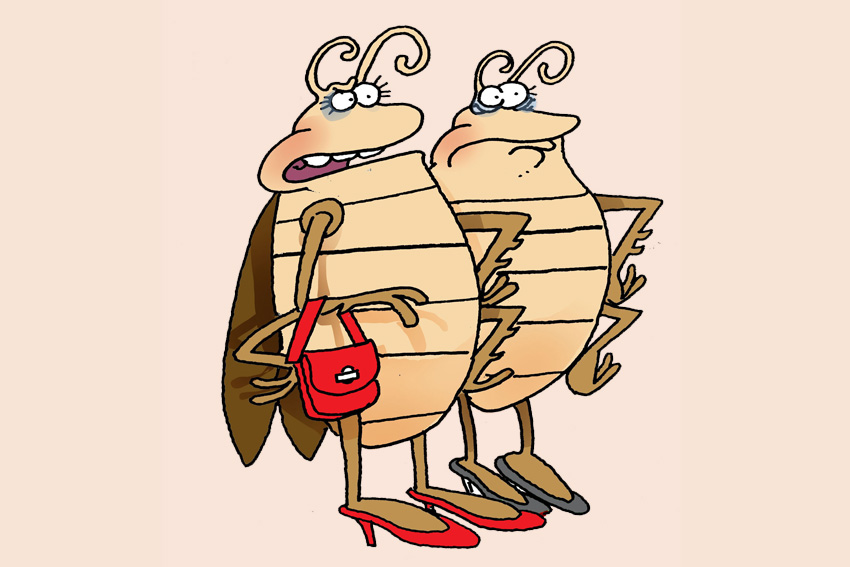How to DIY Your Termite Inspection
If you own a home or have real estate in Sydney (or just about anywhere in Australia), you owe it to your investment to have a yearly termite inspection. You can do a preliminary review yourself, but it often pays to have a professional perform the termite inspection. You’ll have to venture into some areas in your home that you wouldn’t normally visit. In the end, you may wish you turned this chore over to a pro.
Here’s how to perform your own termite inspection.
Preparation
Since subterranean termites generally have ground contact the best place to start ferreting out termites is in your basement or crawlspace and around the building foundation. If subterranean termites can access water from an above-ground source like a broken roof or leaking pipe in the building, those areas will need examining as well.
A good pair of overalls is recommended. During the termite inspection you’ll be crawling and searching in areas that are shared with:
• Insects.
• Mice, and potentially large rodents.
• Spiders.
• Snakes.
If spider webs give you the creeps, then you might want to wear a cap and a pair of gloves. Some of our inspectors like to wear a helmet with a headlamp so their hands are free. The headlamp lights up the area and keeps their hands free to dig and poke around for termites. Take along a screwdriver, ice pick or pocketknife as well.
Signs of Termites
Swarmer wings
If you are doing the inspection during the summertime and come across a pile of wings, then you have located where termite swarmers landed. In some horrible cases where the nest is inside your home, they will swarm out of your home. They shed their wings before mating and then enter the ground or build tunnels. Of course, if you don’t find remnants of a swarm you aren’t done with the investigation.
Termite tubes
The next indication of termites is finding a muddy channel or ‘termite tube.’ During your termite inspection, shine your flashlight along the foundation, the sub-floor, joists and piers. If you find mud tubes running along the foundation, then you’ve located a possible main thoroughfare for termites.
Cracks
Look for cracks in the foundation or cement where termites can crawl, they also use water pipes or leaking showers to guide them inside your home.
Damp areas
Seek out perpetually damp areas. Termites need to live in a damp climate, so they love to congregate where the ground or walls are damp. A good place to check is around air conditioning units, water heaters, dishwashers, showers, clothes washers, and basement drainage areas.
Check out all locations where concrete or soil joins a wooden structure. Review basement and ground-level window frames and under porches too. If termites get into the interior walls, they start to eat them from the inside out.
In all cases, look for soft spots in the drywall or woodwork. Use your screwdriver, knife, or ice pick to poke away at any soft spots. Where you find softwood or tunnelling during your termite inspection, you are likely to find termite tunnels. You may even find light coloured termites in the tunnels.
That’s the basics of a DIY termite inspection. But! Remember, a professional pest controller is trained in looking for signs of termites. We recommend that you still have a yearly inspection by your local termite inspector to avoid any nasty surprises.

